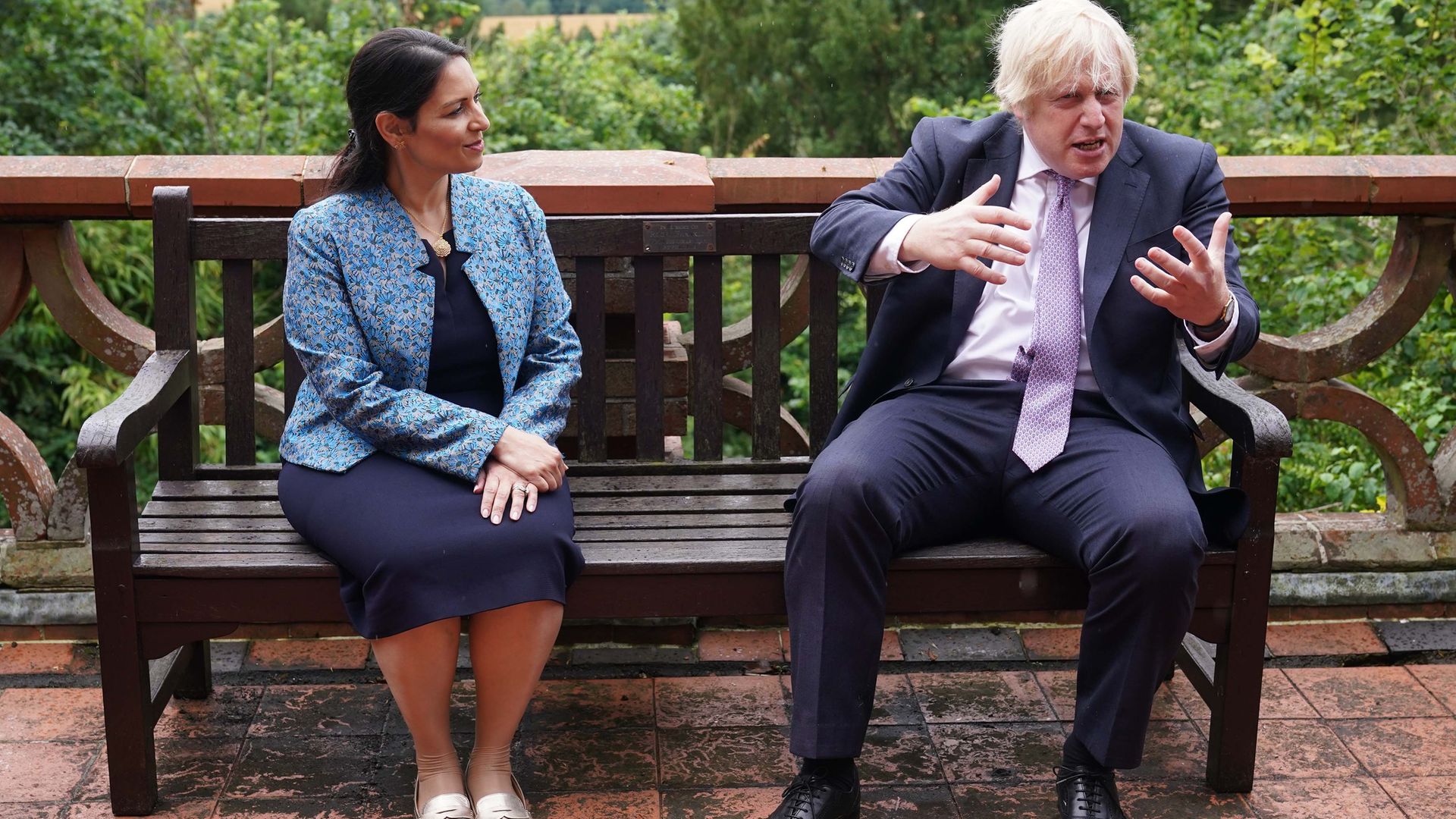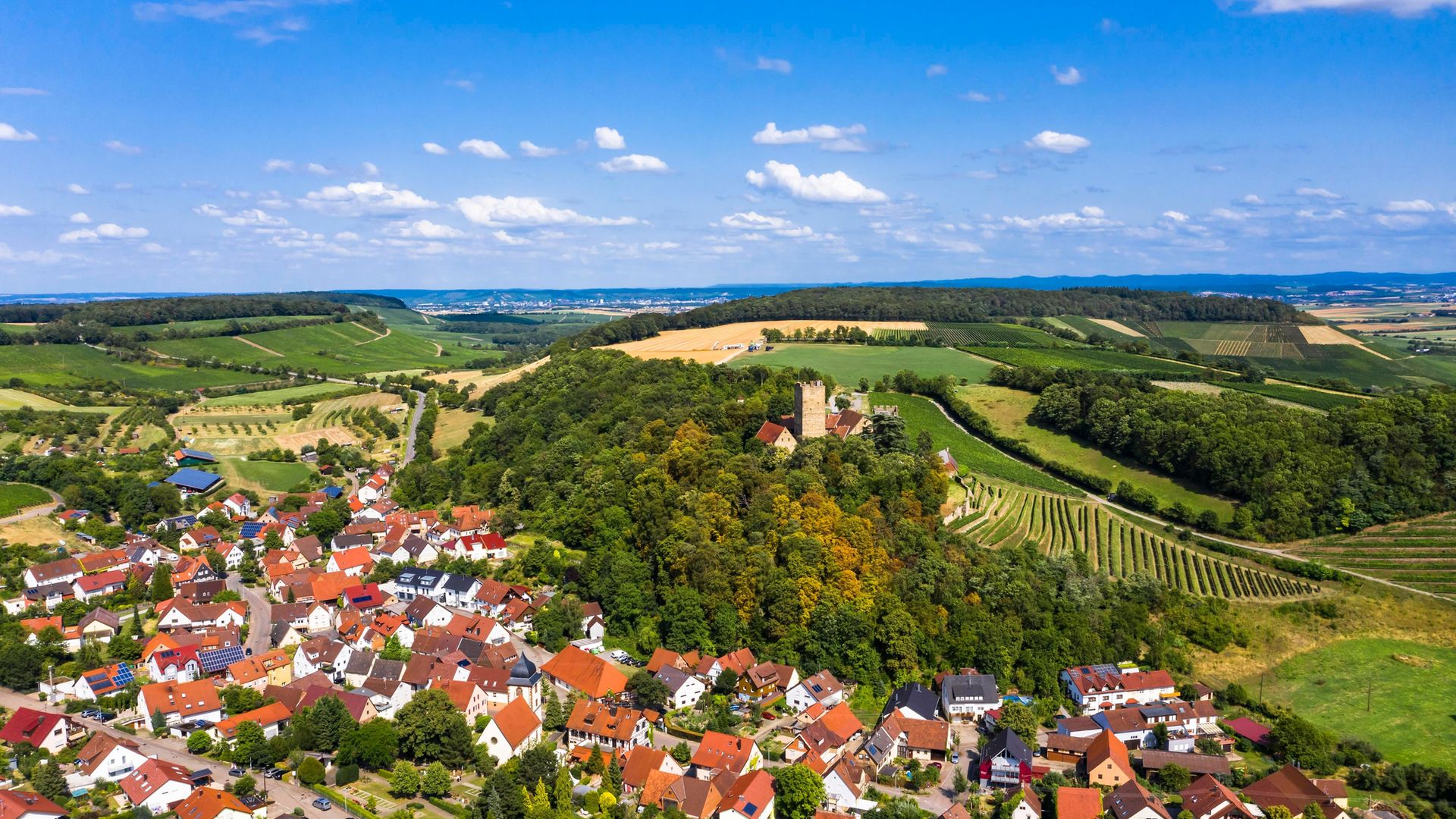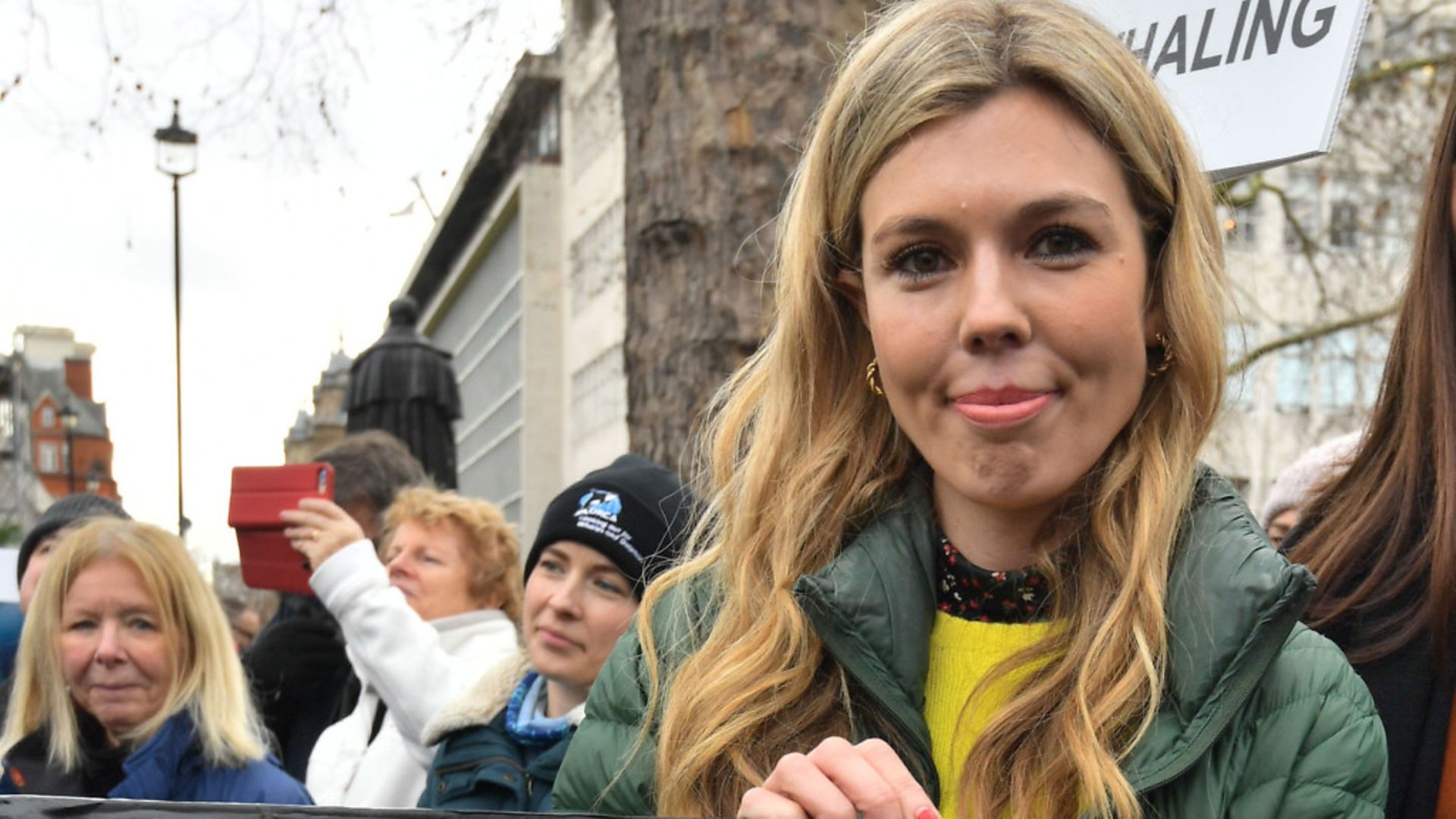
Credit: Getty Images
When is £10 too much and £10 billion too little? Most of us think that a tenner for a cup of coffee is extortionate, but would £10bn be a good price for a new Channel tunnel?*
To a mathematician, numbers are beautiful. They have grace and symmetry. Is there anything more perfect than the nine-times table?
But when the numbers get too big, it’s hard for we mere mortals to get a handle on them (though surely £37bn for Dido Harding’s test and trace is an awful lot by any measure); we become like primary school children who think anyone over 20 is old.

People who wouldn’t dream of paying £15 for a roll of wallpaper or £1,500 for a sofa, accept that ‘rich’ people like Boris Johnson might reasonably spend £60,000 on the stuff. We may understand that a top-flight footballer costs £100m, but who’s to say whether £900,000 is a lot for a Union-Flagged plane or if £250m for a Union-Flagged yacht is value for money?
And so, in the hands of the uneducated, unprincipled or unscrupulous, numbers become a dangerous commodity. They can be used as a weapon or a smokescreen, to bamboozle and baffle.
Which is where politicians and journalists come in: they just love throwing numbers about. The only trouble is, they are often as innumerate as the people they’re trying to impress – or infuriate.
“We’re investing £3.4billion in XYZ,” says the prime minister, taking care to avoid a) a round number; b) saying when or over what period of time; or c) explaining how that relates to previous spending or total cost.
“Just two GPs for 1.4m patients” shouts the Daily Mail in giant letters, before explaining in the text that there were actually 76 patients and another 130 seeking telephone advice. The other 1,399,914 “patients” – aka local people – were presumably safely asleep in their beds, since the doctors (and nurses) were providing emergency cover from midnight to 8am on Sunday. Still pretty worrying, but not the truly shocking state of affairs the splash headline implied. Context is everything.

In April 2016, the Daily Express ran a front page headlined “Migrant mothers cost £1.3bn”. Was that yesterday, last week, last year, or over the last decade? Who cares? It’s a nice big number to alarm people. And, as Priti Patel (then an employment minister) told the paper, these babies would need childcare, schools and other services, putting pressure on local councils and the NHS – and that proved “We must vote Leave on June 23 so we can take back control”.
In fact, the figure was for ten years. Had the paper focused on just 2015 and stuck with its calculation based on £2,800 per confinement, the “cost” of immigrants from the EU would have been £180m, against £354m for non-EU migrants and £1.52bn for native mums. So £180m out of £2.16bn. That doesn’t seem quite such a significant drain on resources, does it?
These sleight-of-hand calculations were a constant feature of the referendum campaign – and most particularly with respect to immigration. “12m Turks say they’ll come to UK”, the Sunday Express announced, adding that those “planning to move” were either unemployed or students. But no one was “planning” to move.
A survey asked 2,600 people whether, if Turkey joined the EU and if Britain remained a member, they or anyone in their family would consider moving to the UK. So there were two conditionals there before the person questioned – or any of their relatives – would even consider moving, let alone plan to do so. Just under 16% said Yes. That was then interpreted as 16% of Turkey’s 80m population and, Bob’s your uncle, you’ve got 12.8m people fishing out their passports. Nonsense.

Mindsets are hard to shift. Especially when you’re convinced that foreigners are stealing our jobs. In 2010 the Express actually ran a headline “Migrants take ALL new jobs in Britain” with the “ALL” in red. It wasn’t true. Nor was it true in any of the dozen other variations of that story I have in my cuttings file – 2 in 3 jobs, 3 in 4 jobs, 4 in 5 jobs, 75%, 85%, 92%, 95% of new jobs.
It must be obvious that the vast majority of people starting a new UK job on any given day are likely to have been born here. But, no matter how often the press regulator of the day puts them right, innumerate journalists still do the wrong calculation with the wrong numbers and come up with the wrong conclusion. Even when the ONS specifically states that its statistics show changes in employment, “not the proportion of new jobs that have been filled by UK and non-UK workers”.
Of course, the most notorious miscalculation was that one on the bus – the £350m a week to the EU. Let’s spend it on the NHS, said the bus, while the Vote Leave literature went further, saying “Let’s build a new hospital every week”. But that would be a pretty cheap hospital.
Even Boris Johnson is reckoning his “40 new hospitals” will cost £3.7bn, or an average of £925,000,000 a pop. And, as we know, we didn’t send the EU £350m a week. In 2015, we contributed £13.6bn and benefited from £2.8bn of EU spending, so a net cost of £10.8bn or £208m per week. Facts? Who needs them?
We’re also pretty rubbish at percentages – as we can see from the old headlines about mortgage rates “soaring” by 1% – and at averages, never quite understanding whether it’s mode, median or mean (it’s usually the latter).
“House prices rise by £29,000” proclaims the Express with glee when yet another pointless estate agent survey appears. These stories are based on movements in the “average” house price, as determined either by sales or asking prices, depending on the survey.
That can obviously be skewed by a single Russian oligarch buying up another bit of London or a lot of over-optimistic sellers. How many families live in the “average” house and will therefore see the very specific increase in value trumpeted by the Express? Don’t bother taking off your shoes to count.
Does any of this matter? Well, yes. It does. Quite apart from the statistical lies used to secure Brexit, innumeracy can cost lives.
Last September, the lockdown-sceptic Tory MP Desmond Swayne claimed that the ONS was estimating that there was a false positive Covid test rate of 2.4%, when the total positive rate was 1.4%. That was an impossibility. There can’t be more false positives than the total number of positives, since the FPR is a percentage of all tests carried out.
This mattered because it gave further ammunition to other, higher-profile, anti-lockdown warriors beating the same drum – some of whom were claiming that 90% of positive test results were false, even as intensive care units were filling up again.
And we know from Dominic Cummings that Boris “I’m with Bonkers, it’s all bulls**t” Johnson sympathised with them. Days later he rejected pleas from the SAGE committee, from Cummings and from Keir Starmer to impose a “circuit-breaker” lockdown to prevent or at least contain a second wave – a second wave that killed more than 50,000 people.
This, says Wellcome Trust chief and SAGE member Sir Jeremy Farrar, was the darkest moment of the pandemic. “As the government remained rooted to the spot, transmission was already getting away from us. It was a catastrophe playing out in slow motion.”
And partly thanks to people who couldn’t do sums refusing to listen to those who could.
*That would be a snip. The tunnel cost £4.65bn to build 30-odd years ago, which would be more than £12bn in today’s money.



